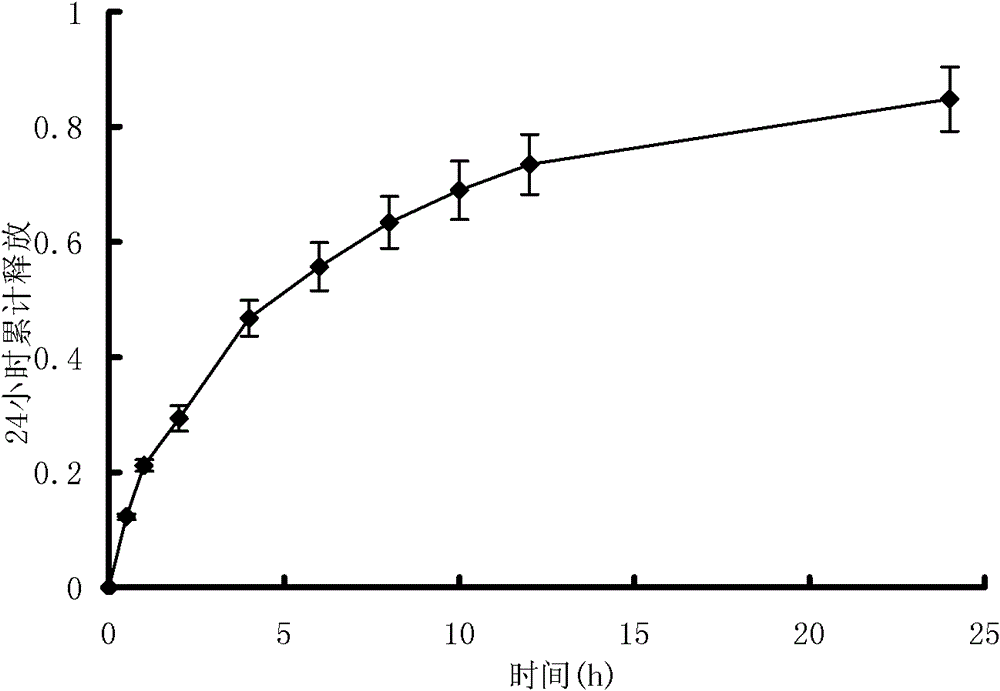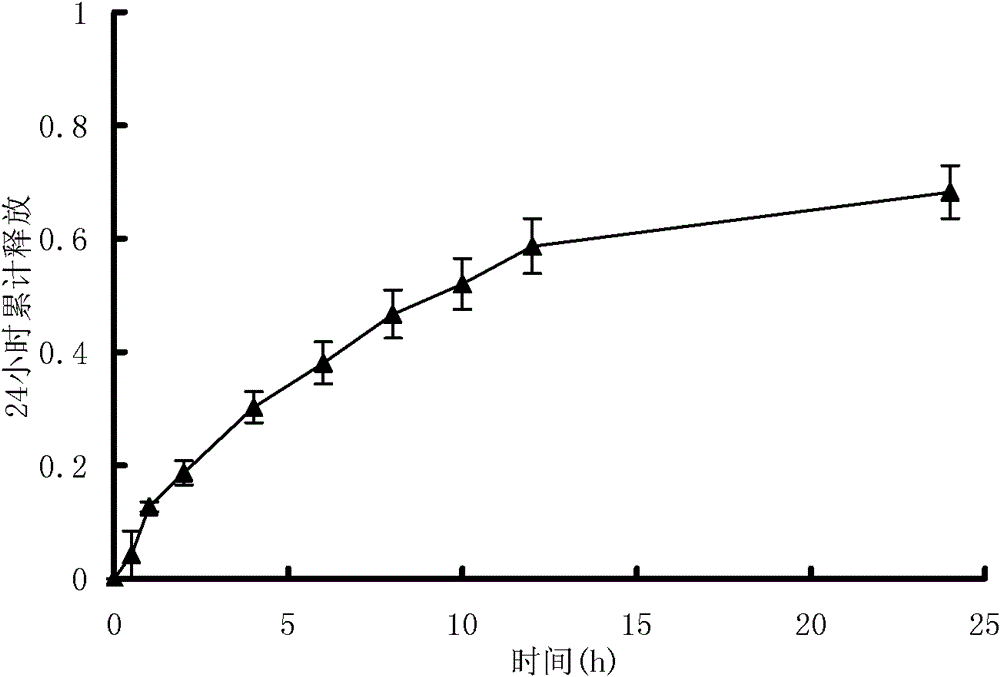Resin type ointment with higher drug release performance and its preparation method and application
A resin-type and ointment technology, which is used in pharmaceutical formulations, medical preparations with non-active ingredients, and ointment delivery, etc., can solve the problems of poor drug release performance and strong adhesiveness of resin-type ointments, and achieve moderate adhesion performance, The effect of good drug release and high drug release performance
- Summary
- Abstract
- Description
- Claims
- Application Information
AI Technical Summary
Problems solved by technology
Method used
Image
Examples
Embodiment 1
[0048] 1. Preparation of resin paste
[0049]
[0050] With the raw material of above-mentioned quality, proceed as follows:
[0051] 1. Add thermoplastic elastomer SIS, plasticizer, and 50% antioxidant into the reactor, blow nitrogen for 5 minutes to remove the air, heat up to the mixture melts, and at the same time pass nitrogen protection, control the temperature between 120°C and 150°C, and stir , until the mixture forms a uniform and transparent viscous colloid.
[0052] 2. Put the tackifying resin and the remaining 50% of the antioxidant into the above mixture, control the temperature between 100°C and 110°C, stir for half an hour, and at the same time pass nitrogen protection until the mixture forms a uniform and transparent viscoelastic colloid.
[0053] 3. Cool the above colloid to below 100°C and pour it out.
[0054]2. Preparation of joint pain relief ointment
[0055] 1. make the Chinese medicine resin ointment with the above-mentioned method of embodiment 1;...
Embodiment 2
[0095] 1. Preparation of resin paste
[0096]
[0097] Prepared according to the above composition ratio, the method is the same as in Example 1.
[0098] 2. Preparation of joint pain relief ointment: Repeat the method of Example 1, the difference being that the matrix prepared in Example 1 is replaced with the resin ointment matrix prepared in Example 2.
[0099] 3. Product testing:
[0100] The initial viscosity, persistent viscosity, peeling strength, drug loading and drug release performance of the joint pain ointment prepared in Example 2 were investigated. Method is with embodiment 1. The test results are shown in Tables 4, 5, 6 and image 3 , Figure 4 .
[0101] Table 4
[0102]
[0103] The results in Table 4 show that the plaster prepared in Example 2 has moderate sticking force, peel strength between 1N and 2N, and good air permeability.
[0104] Table 5 affects the drug release of camphor in the patch
[0105]
[0106] Table 5 and image 3 The res...
Embodiment 3
[0111] 1. Preparation of resin paste:
[0112]
[0113] With the raw material of above-mentioned quality, proceed as follows:
[0114] 1. Add thermoplastic elastomer SIS, plasticizer, and 50% antioxidant into the reactor, blow nitrogen for 5 minutes to remove air, heat up until the mixture melts, and at the same time pass nitrogen protection, control the temperature between 120°C and 150°C, and stir , until the mixture forms a uniform and transparent viscous colloid.
[0115] 2. Put the tackifying resin and 50% antioxidant into the above mixture, control the temperature between 100°C and 110°C, stir for half an hour, and at the same time pass nitrogen protection until the mixture forms a uniform and transparent viscoelastic colloid; then add Fillers and organic acids, stir to disperse evenly;
[0116] 3. Cool the above colloid to below 100°C and pour it out.
[0117] 2. Preparation of joint pain relief ointment
[0118] 1. make the Chinese medicine resin ointment with t...
PUM
 Login to View More
Login to View More Abstract
Description
Claims
Application Information
 Login to View More
Login to View More - R&D
- Intellectual Property
- Life Sciences
- Materials
- Tech Scout
- Unparalleled Data Quality
- Higher Quality Content
- 60% Fewer Hallucinations
Browse by: Latest US Patents, China's latest patents, Technical Efficacy Thesaurus, Application Domain, Technology Topic, Popular Technical Reports.
© 2025 PatSnap. All rights reserved.Legal|Privacy policy|Modern Slavery Act Transparency Statement|Sitemap|About US| Contact US: help@patsnap.com



